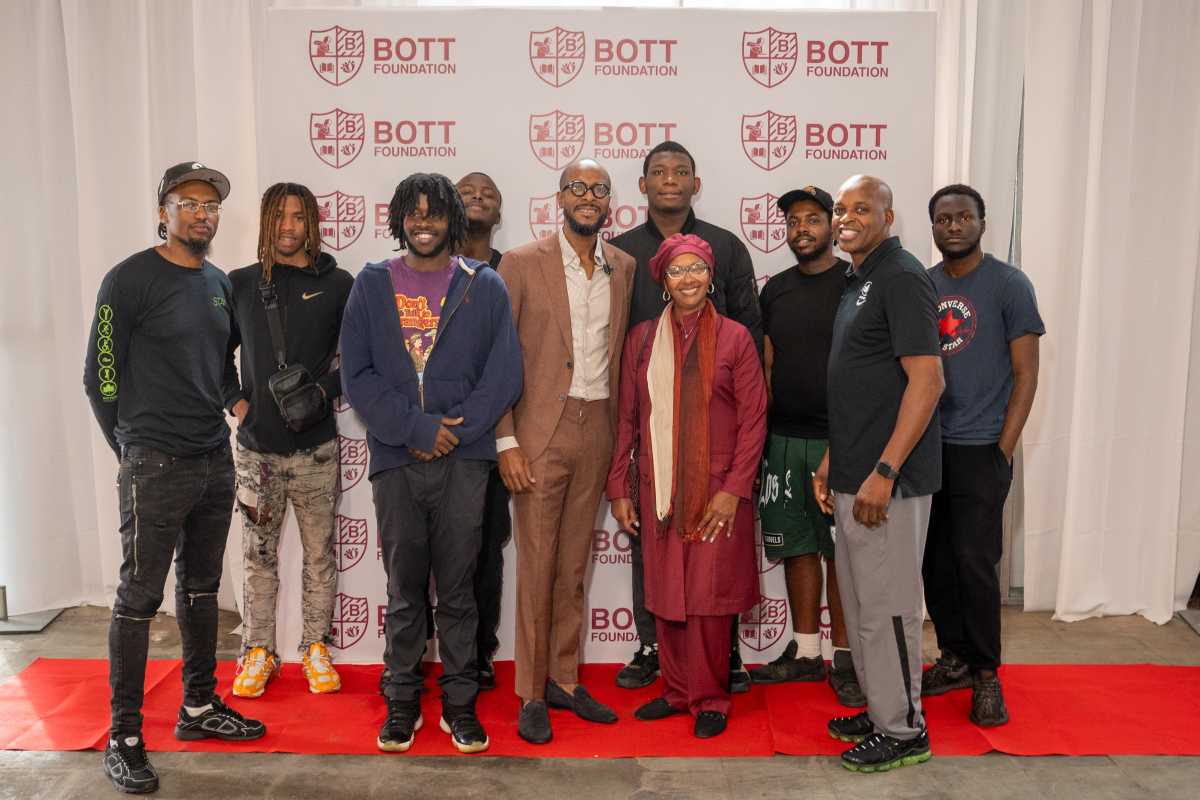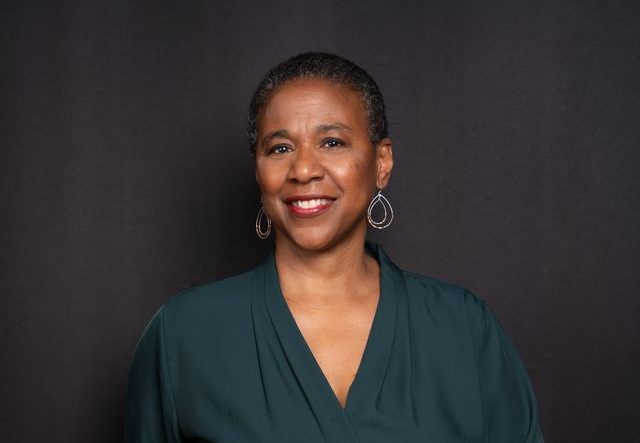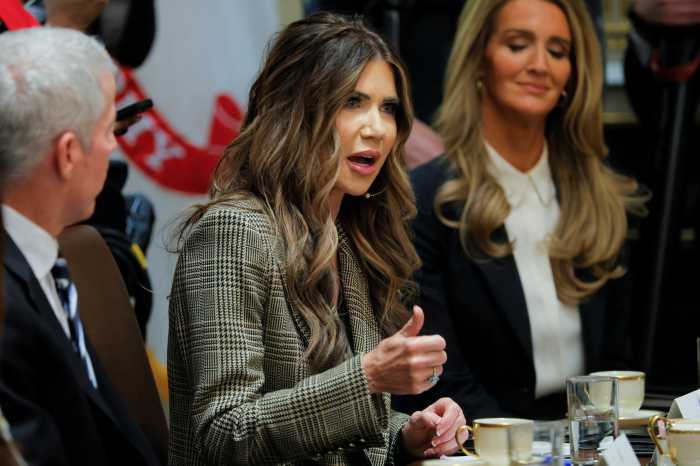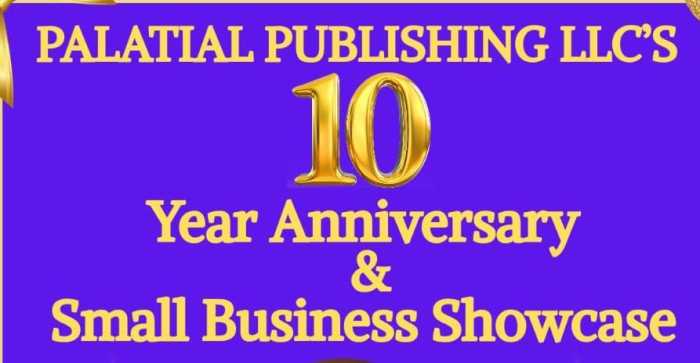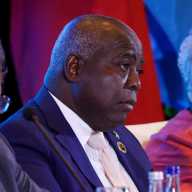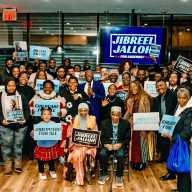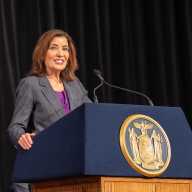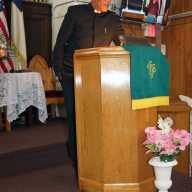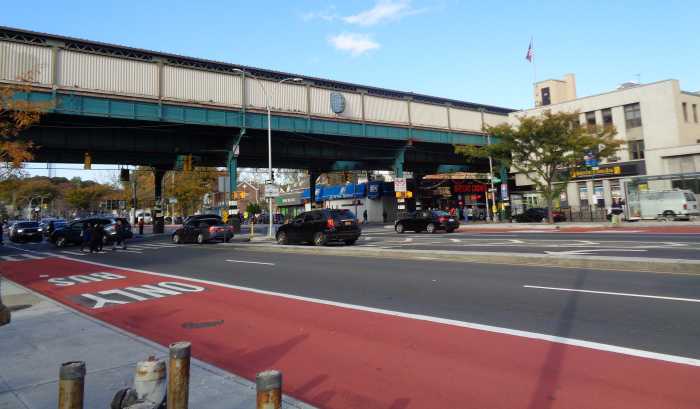As the United States faces a critical shortage of skilled trade workers, a Brooklyn-based nonprofit is stepping up to meet the challenge.
Brighter Opportunities Through Trade (BOTT) Foundation has launched a free workforce development program designed to equip East New York residents with hands-on training for careers in welding, construction, and other high-demand trades.
The initiative, announced at BOTT’s “Brooklyn Built” event on Sept. 27, brought together local industry leaders, trade schools, and employers to build a pipeline of skilled workers ready to fill New York City’s growing labor needs.
“This isn’t just workforce development, it’s building an ecosystem where people, businesses, and communities rise together,” said founder Leslie Lambert. “We don’t just prepare people for opportunities, we grab the opportunities and hand them back to our community.”
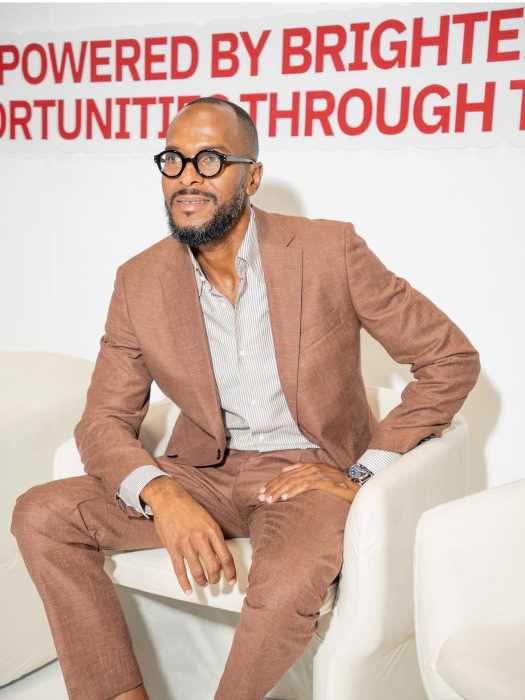
Photo by CKMedia
Located at 1864 Pitkin Ave., Brooklyn, a neighborhood rich in cultural diversity and home to many Caribbean-heritage households, the program focuses on creating accessible career routes close to home.
“There are not enough opportunities that are truly local,” said Nakisha Evans, Senior Vice President of Workforce Development and Education at the Brooklyn Navy Yard. “BOTT fills a vital gap by offering visible, attainable career paths in construction and manufacturing. It’s critical that people in this neighborhood can see their futures here.”
The program offers participants Hands-on trade training, including welding certification through Royalty Welding Academy of Houston, Industry-recognized credentials, job-placement assistance, and contract pipelines.
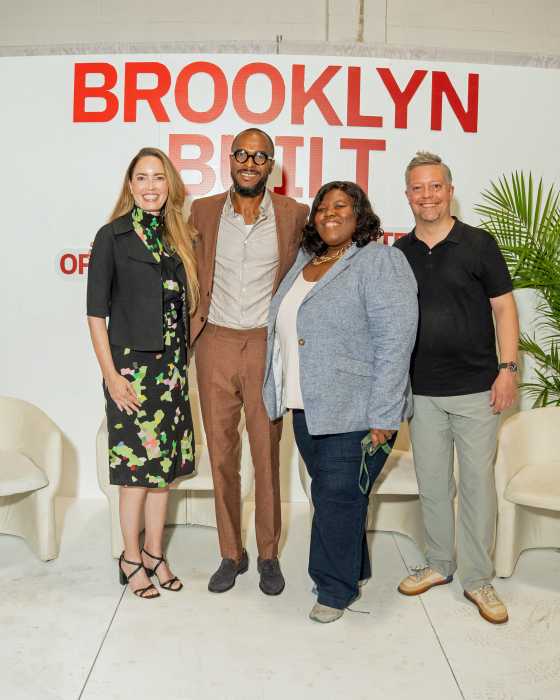
According to Adam Grossman Meagher, Senior Vice President of Neighborhood Strategies at the New York City Economic Development Corporation (NYCEDC), the foundation was among five organizations selected to receive $1.4 million in funding from the East Brooklyn Workforce Development Fund, making the program free for eligible East New York residents.
The initiative holds deep significance for New York’s Caribbean-American communities, which make up a significant portion of the borough’s population. Many immigrants and first-generation residents have long contributed to the city’s trades, construction, and small business sectors, often with limited access to training or resources.
“BOTT’s model works because it doesn’t stop at the classroom door,” said Jennifer G. Bates, CEO of HumanFactor Enterprises. “It integrates skills, certifications, and real job or contract pipelines into one pathway. That’s how residents move from training to paychecks — and from paychecks to building businesses that strengthen Brooklyn from the inside out.”
With skilled-trade shortages posing long-term challenges nationwide, programs like BOTT’s could play a pivotal role in closing the gap, while creating durable, family-sustaining careers for historically underrepresented communities.
The foundation plans to expand its reach beyond East New York and deepen its partnerships with local employers and trade associations.
“As we continue to grow, our goal is not just workforce development,” Lambert said. “It’s legacy development.”


